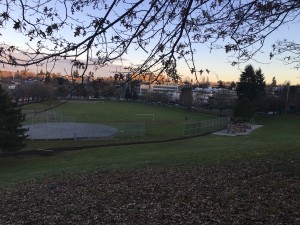February 1 – 12, 2016
In week 5, we met with Leo to talk about our ideas for the final project. Like other groups, Leo suggested that we narrow down our research question to something more specific. To refine our research question, we examined existing literature and case studies to gain a better understanding of the structure, goals and challenges of alternative education. A summary of our findings and key takeaways can be found on our Initial Theoretical Framework page, under the Research tab.
Our group has been in conversation about what are final project would look like, and we have initially decided that it would consist of three parts:
- First, we will create an online survey that will be filled out prior to our arrival at Williams Lake. This survey will allow us to gain insight on the student demographics, and will serve as a springboard for what we will do during our time in Williams Lake.
- Second, we plan to conduct focus groups to gain insight on the learning needs of the Skyline Students.
- Third, we hope to create a video to promote more positive perceptions of Skyline Alternate School to the Williams Lake community.
As it may be difficult to manage and do justice to all three projects, Leo suggested that we find a way to combine the survey and video together. A potential idea is to replace the video with another form of data visualization, such as a word cloud, to display the results from our survey. Because our community partner is keen on conducting surveys with the students over the long term, it would be interesting to see if the word cloud could automatically update itself to publish live results. Once we refine our research question and focus of the initial surveys, we will gain a better sense of what our focus groups may look like.
In week 6, we had our second meeting with Mike, the principal of Skyline Alternate High School. One of the key points he wanted to point out in response to our blog post about Skyline is that, school space isn’t the issue but rather the lack of services and facilities such as science labs, mental/woodworking shops, and a gymnasium, to provide a broader range of activities for students to choose from. He outlined and expressed his concerns that Skyline would like to address in regards to student experience and satisfaction. In particular he would like us to research:
- What are the underlying pull factors that are attracting students to Skyline?
- What are the push factors in mainstream high schools that are causing students to leave their former schools?
- Was it their choice to come to Skyline? Or was it out of the student’s’ control?
He recommended that we could construct our survey into two parts, the first as a questionnaire that could be completed online with short multiple choice, yes/no responses, and the second a written portion through a more comprehensive part that enables students to express their personal experiences. We are still in the process of creating the questions and platform for conducting the services, which we hope to have done within the span of the next two weeks.
Next we discussed our aims to construct small focus group discussions with the students and we were wondering what the best way would be to divide the students up. Mike recommended that we read up on the four quadrants of social-emotional growth that students are categorized in at Skyline to form the basis of our understanding for establishing different groups. Here are the four levels of social-emotional growth:
| Level 1 | Level 2 | Level 3 | Level 4 |
| • poor attendance | • good attendance (2 days/wk) | • good attendance 3/4 days/wk | • attending 4 days/wk consistently |
| • little participation | • participates in activities | • becoming a leader/role model in activities | • leading activities / peer tutor |
| • unwilling to problem solve | • beginning to discuss personal issues that are inhibiting success | • having success working through personal issues | • personal issues are decreasing and are no longer debilitating |
| • very little academics | • some academics completed | • completing courses | • looking at graduation and planning post secondary training |
According to their last reporting period (2012 – 2013), the composition of students were as following: Level 1 = 31%, Level 2 = 29%, Level 3 = 25%, Level 4 = 15%. This is certainly something we will take into consideration in our in the structural formation process of creating focus groups.
Over the reading break, we plan to refine our research question. Please check back for more updates!
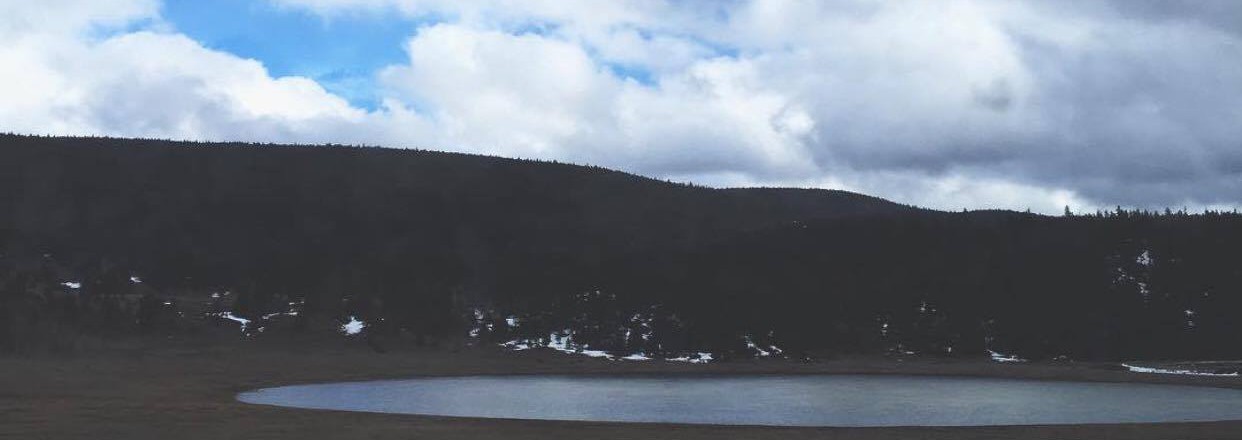
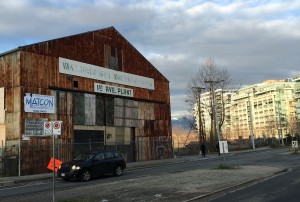
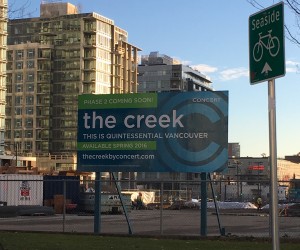 Moving forward we began to head in the direction of Main Street station. As we walked along the streets, we noticed a lot of newer housing developments that were being introduced to the neighborhood, many of which seemed to hold on to the name of “The Creek” as if to reminisce about the history of First Nations land and streams dedicated to fish and wildlife that live in and around these neighborhoods. In addition we walked passed several sewage drains that had pictures of fishes on them, to indicate the presence of fish and other sea creatures that live along the streams and shorelines.
Moving forward we began to head in the direction of Main Street station. As we walked along the streets, we noticed a lot of newer housing developments that were being introduced to the neighborhood, many of which seemed to hold on to the name of “The Creek” as if to reminisce about the history of First Nations land and streams dedicated to fish and wildlife that live in and around these neighborhoods. In addition we walked passed several sewage drains that had pictures of fishes on them, to indicate the presence of fish and other sea creatures that live along the streams and shorelines.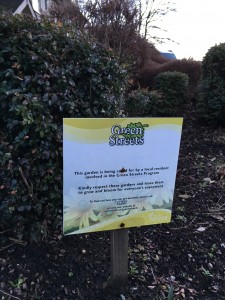 As we walked towards China Creek, we noticed a shift in land use from primarily high multi-story apartments, offices and community spaces, to more specialized services like ski and snowboard shops, fine art services, and even a local brewery. In addition most of the housing appeared to be older, low-rise apartments and small single-story homes, some of which were vacant and had signs to indicate future redevelopment. Along the sidewalks of these neighborhoods, we noticed that there was a prominent environmental initiative set in place called “Green Streets”. This community garden program allows local residents to have their own green space and grow their own plants, flowers and even vegetables and fruits for more sustainable way of living. Another observation we noticed was the presence of a montessori preschool and a community centre that catered to many kids and youth. This could indicate that the surrounding neighborhood is relatively safe from crime and heavy flows of traffic.
As we walked towards China Creek, we noticed a shift in land use from primarily high multi-story apartments, offices and community spaces, to more specialized services like ski and snowboard shops, fine art services, and even a local brewery. In addition most of the housing appeared to be older, low-rise apartments and small single-story homes, some of which were vacant and had signs to indicate future redevelopment. Along the sidewalks of these neighborhoods, we noticed that there was a prominent environmental initiative set in place called “Green Streets”. This community garden program allows local residents to have their own green space and grow their own plants, flowers and even vegetables and fruits for more sustainable way of living. Another observation we noticed was the presence of a montessori preschool and a community centre that catered to many kids and youth. This could indicate that the surrounding neighborhood is relatively safe from crime and heavy flows of traffic.